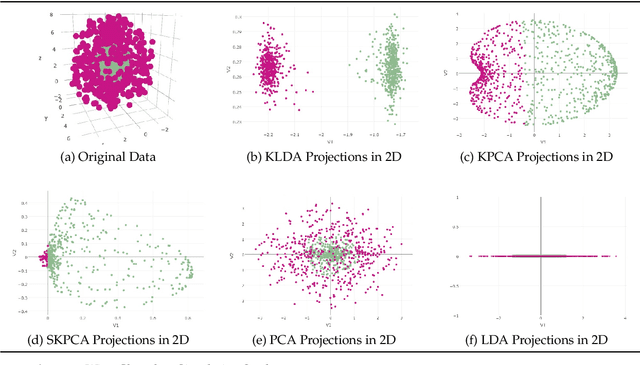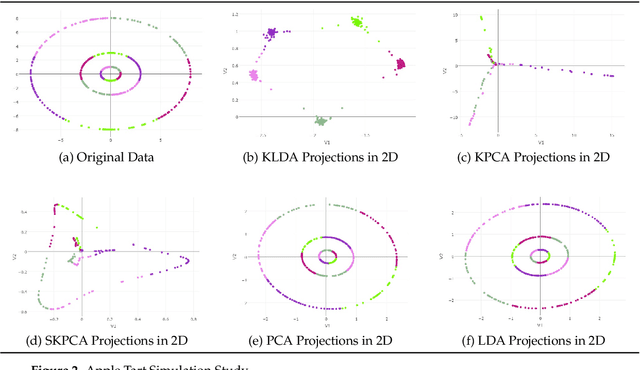Samuel W. K. Wong
Ellipse Detection and Localization with Applications to Knots in Sawn Lumber Images
Nov 10, 2020



Abstract:While general object detection has seen tremendous progress, localization of elliptical objects has received little attention in the literature. Our motivating application is the detection of knots in sawn timber images, which is an important problem since the number and types of knots are visual characteristics that adversely affect the quality of sawn timber. We demonstrate how models can be tailored to the elliptical shape and thereby improve on general purpose detectors; more generally, elliptical defects are common in industrial production, such as enclosed air bubbles when casting glass or plastic. In this paper, we adapt the Faster R-CNN with its Region Proposal Network (RPN) to model elliptical objects with a Gaussian function, and extend the existing Gaussian Proposal Network (GPN) architecture by adding the region-of-interest pooling and regression branches, as well as using the Wasserstein distance as the loss function to predict the precise locations of elliptical objects. Our proposed method has promising results on the lumber knot dataset: knots are detected with an average intersection over union of 73.05%, compared to 63.63% for general purpose detectors. Specific to the lumber application, we also propose an algorithm to correct any misalignment in the raw timber images during scanning, and contribute the first open-source lumber knot dataset by labeling the elliptical knots in the preprocessed images.
A Comparison Study on Nonlinear Dimension Reduction Methods with Kernel Variations: Visualization, Optimization and Classification
Oct 04, 2019



Abstract:Because of high dimensionality, correlation among covariates, and noise contained in data, dimension reduction (DR) techniques are often employed to the application of machine learning algorithms. Principal Component Analysis (PCA), Linear Discriminant Analysis (LDA), and their kernel variants (KPCA, KLDA) are among the most popular DR methods. Recently, Supervised Kernel Principal Component Analysis (SKPCA) has been shown as another successful alternative. In this paper, brief reviews of these popular techniques are presented first. We then conduct a comparative performance study based on three simulated datasets, after which the performance of the techniques are evaluated through application to a pattern recognition problem in face image analysis. The gender classification problem is considered on MORPH-II and FG-NET, two popular longitudinal face aging databases. Several feature extraction methods are used, including biologically-inspired features (BIF), local binary patterns (LBP), histogram of oriented gradients (HOG), and the Active Appearance Model (AAM). After applications of DR methods, a linear support vector machine (SVM) is deployed with gender classification accuracy rates exceeding 95% on MORPH-II, competitive with benchmark results. A parallel computational approach is also proposed, attaining faster processing speeds and similar recognition rates on MORPH-II. Our computational approach can be applied to practical gender classification systems and generalized to other face analysis tasks, such as race classification and age prediction.
 Add to Chrome
Add to Chrome Add to Firefox
Add to Firefox Add to Edge
Add to Edge